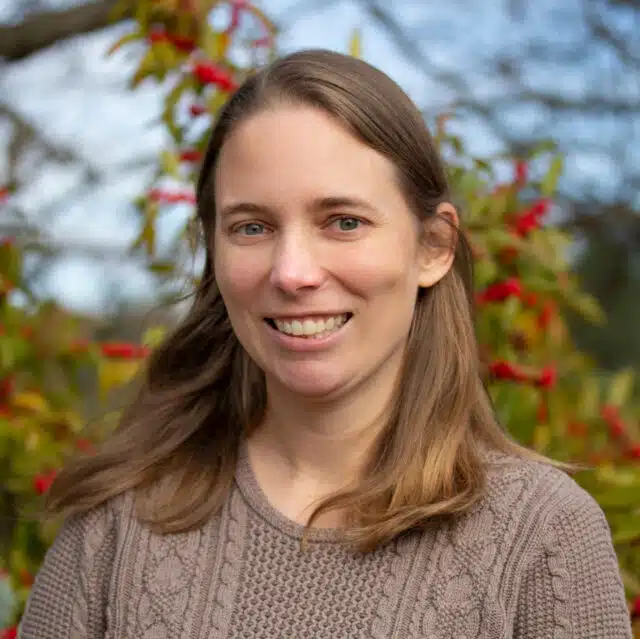
Our forests are not only beautiful, but also environmental powerhouses, pumping out oxygen, filtering runoff, and storing carbon that would otherwise collect in the atmosphere and contribute to global warming. In fact, forests are our most promising tool to naturally mitigate climate change. But, not all forests are created equal and they vary in their ability to take up and store carbon.
Last week, Holden scientist David Burke introduced you to an amazing and long-running experiment manipulating acid rain deposition within Holden’s forests. This experiment, running for 11 years now, deacidifies the soil in large forested plots at Holden to explore how forests likely functioned before the impacts of acid rain. David and his team have explored everything from tree growth and nutrients, to soil microbes in response to these experimental treatments. But, what might these sorts of chronic changes in our forests mean for their ability to store carbon, and ultimately mitigate climate change?
At Holden, we use our forests as laboratories, but sometimes we take our forests into our laboratories to better understand how these forests function. In truth, forests are incredibly complex, and it can be tricky to disentangle how they work. Acid rain deposition may influence the ability of our forests to store carbon, and this change could be caused by shifts in what soil microbes are present, shifts in what nutrients are present in the trees, or both. To tease apart how acid rain is influencing the potential for our forests to store carbon taken up from the atmosphere, we conducted a “mesocosm” experiment within our laboratory.
Taking soil samples from Holden’s experimental acid rain plots, and combining these soils with leaf litter from these plots, we can measure how fast leaves decompose, and whether acid rain promotes or slows the release of carbon into the atmosphere. The process is simultaneously very low tech and very high tech – a combination of kitchen science and state-of-the art laboratory science. The mesocosms themselves are super low-tech; glass mason jars full of forest soil and leaf litter. But, the lids are outfitted with a special rubber stopper through which we can insert a hypodermic needed to pull out samples of the air within the jars. This air is then injected into a high-tech machine that tells us how much carbon dioxide is in the jar. More carbon dioxide means that more leaf litter is being broken down, and less carbon is being stored.
We’re still crunching the numbers, but it looks like early on in the decomposition process, soil microbes from the acid-rain impacted soils in the region return carbon to the atmosphere more quickly than experimentally deacidified soils. This has important implications for our understanding of how humans influence the capacity of our forests store carbon today and into the future.
How You Can Help?
Help Holden Forests & Gardens continue to use our forests as laboratories… SUPPORT THE HF&G FUND!

Katie Stuble, PhD
Director of Research
Plant Biologist & Director of Research Katie Stuble has a Bachelor of Arts from St. Mary's College of Maryland. She earned her Master's in Ecology at the University of Georgia and a Ph.D in Ecology and Evolutionary Biology from the University of Tennessee. She took her position as a research scientist at Holden Forests & Gardens in 2016.











